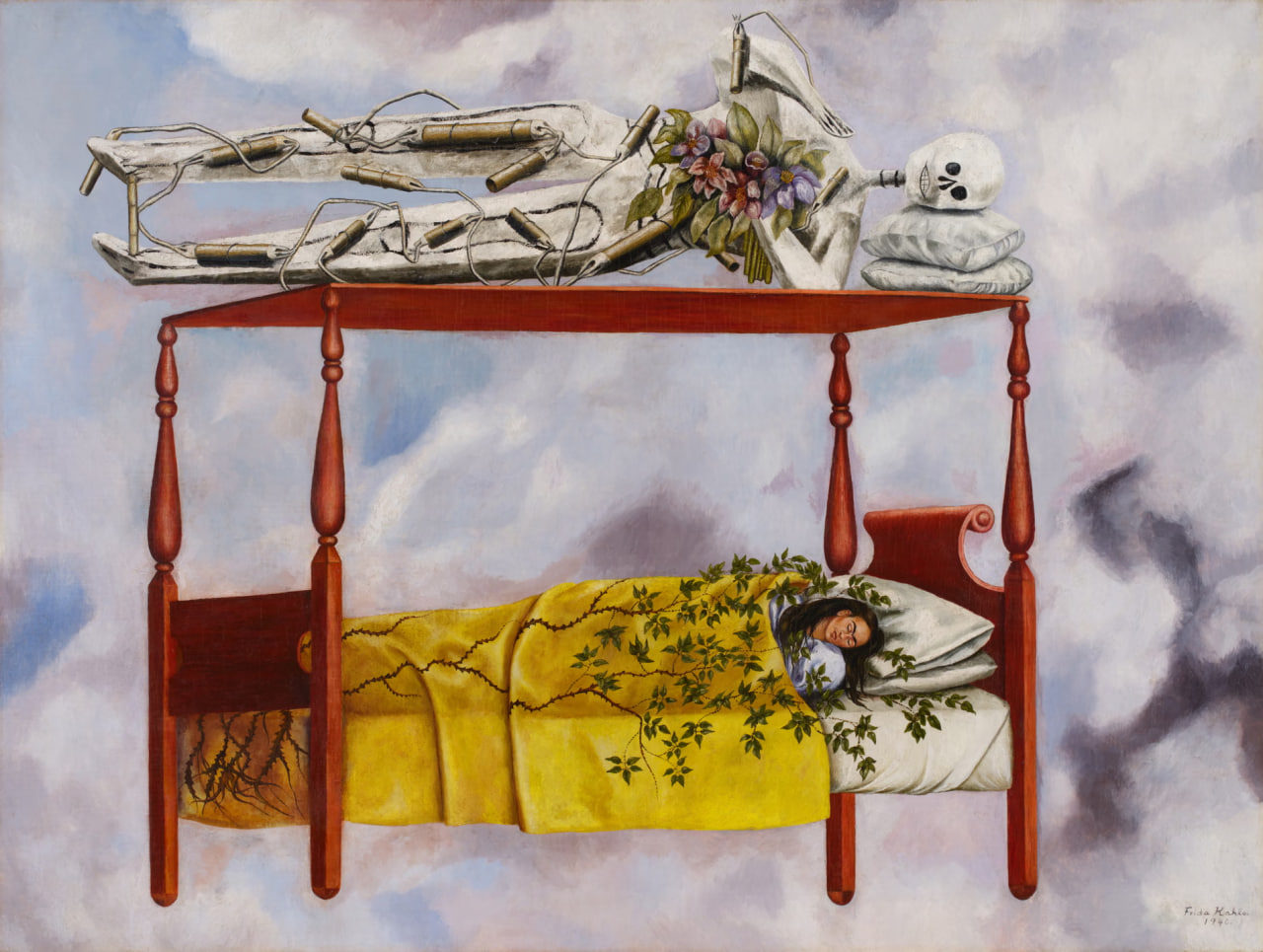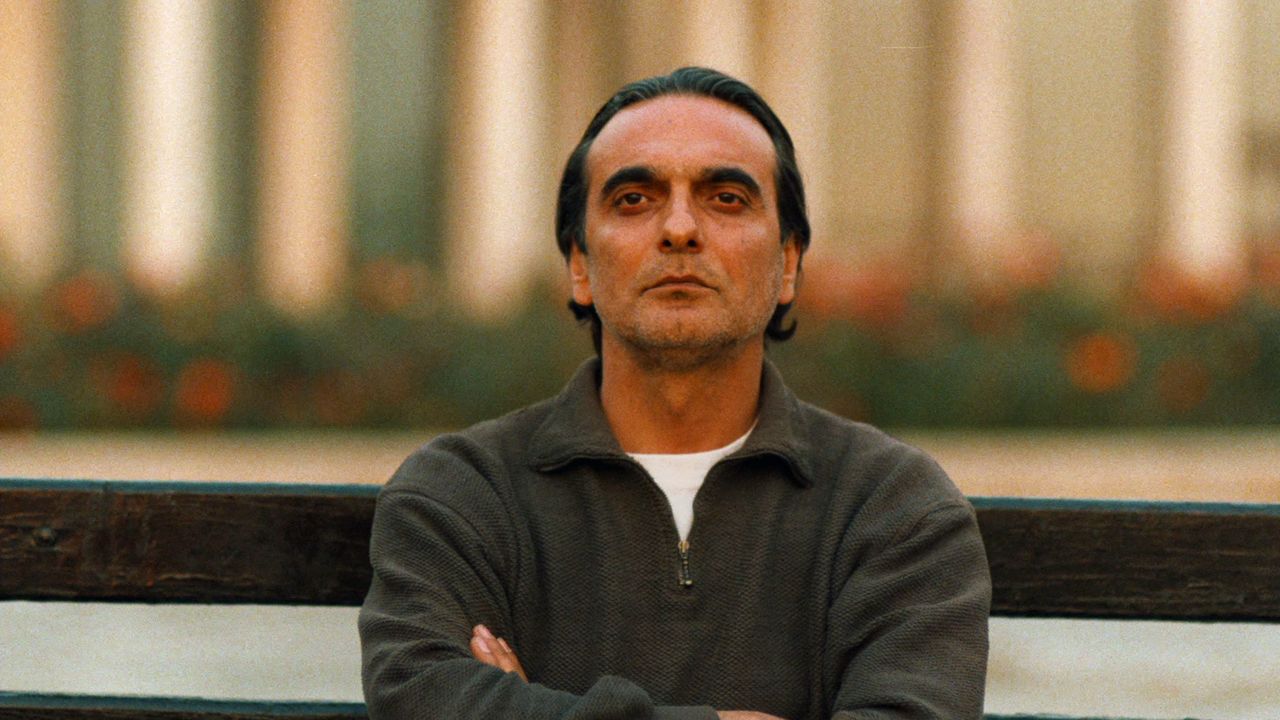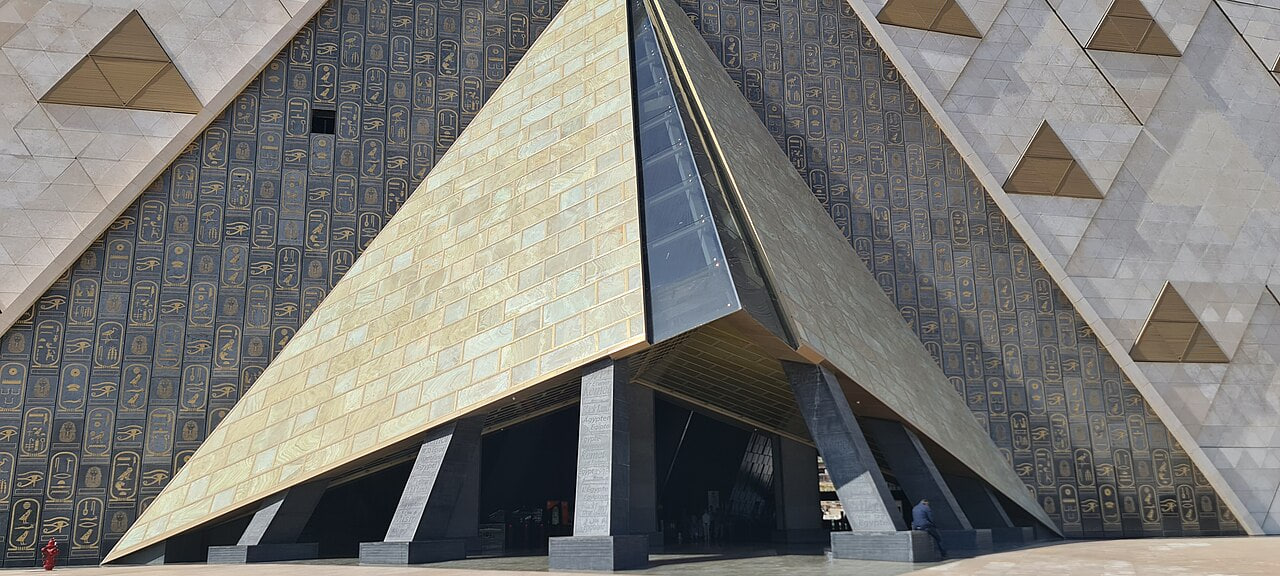Postmodern art welcomes any idea to create work. Imagine you are watching a video on a computer monitor or TV; A digital malfunction in the image and its pixels breakdown creates a disturbing and illusory image that shocks us for a moment and takes us out of the normal state of watching a video.
The practice of using this digital visual interval has created an art called glitch art. This is not the first time in the history of contemporary art that a superfluous or anti-aesthetic concept in appearance creates the expression of a nascent art that ultimately leads to visual beauty through the artist’s creativity.
Technological errors that are the product of defects in digital devices give us incomplete images. These incomplete and intertwined lines of video, audio noise, pixel, and digital motifs from the glitch art aesthetics. In the process of creating the work, on the one hand, we rely on the digital broadcaster as a medium, and on the other side, there is the artist, and the third side is interpreted by the audience.
the human eye has a hidden role in the path of making images by the brain. We come across many examples of the contribution to the history of art. A clear example of this matter is the usage of eye defects to see real images and simplifying their pixels by putting them together to form an object or landscape that we witnessed before in the emergence of the Impressionist style in painting.
A century later, with the arise of glitch art, we face the simplification or destruction of the form of pixels in digital art, which is accompanied by the increase of pixels and the bombardment of images. In Glitch, we encounter a delay or rhythm in the process of sending and receiving data and displaying pixel defects in the image, and playing audio noise in the sound.
Glitch is a genre of visual art that and has the potential to become a tangible language for all human beings to reach a single concept of digital art.
One of the tangible examples of human products in which the concept of collapse feature of glitch rhythm has taken place is the leftovers of warp and knots of the famous Pazyryk carpet, Or our collective memory of the sound of home computers connecting to the Internet in the form of dial-up has created a kind of audio noise in contemporary life, which can be another example for the glitch in sound.
Dutch curator and visual artist Rosa Menkman is one of the pioneers of glitch art. Menkman is more of a scientific theorist in Glitch than an artist of this genre. She first became acquainted with Glitch in 2005 when she visited the World Wrong Exhibition by Belgian-Dutch artists Judy (Juan Himskerk and Drake Pismans) at the Amsterdam Art Institute. But the work that most influenced her was Untitled game (1996-2001), which was about video shaking in video games.
In Menkman’s 2006 master’s thesis, which focused on untitled play, she did not yet refer to Judy’s artwork as “glitch art” – she only referred to the words such as”glitch” and “buggy”. This is probably because the concept of glitch art only transcended the culture of sound and joined the culture of the visual arts in a sporadic way. When he began his artistic collaboration with the Goto80 musician, Glitch was fully immersed in his vocabulary for the visual arts and media.
In Glitch’s thesis, Menkman recounts how Andres Carlson explained to him in 2007 how he used the Commodore 64 sound chip (SID chip) to create music. The bugs used in Goto80 gave a very clear texture to the sound (the result of noise artifacts), and Menkman began to develop and recognize visual equivalents with the process. At the time, most online art activities were more artifact-based correspondence between audio and video technologies, such as combinations, feedback, and harms.
The Menkman Manifesto of Glitch Study contains passionate expressions of why there is such an important phenomenon that its potential lies in every byte of data. Her experiments with video compression have focused on creating unique images in the field of digital media.
The Glitch Menkman Study Manifesto tells of fingerprints and defects in any search for noise-free paths. She also forbids artists from getting caught up in the vortex of digital and analog confrontation and encourages them to pursue the unknown in avant-garde art.
Menkman sees Glitch as an outer shell and seeks salvation in disintegration. According to her, Glitch promises us new standards created by deviation and casting. She informs us about the damage to automatic glitch duplication software.
Menkman believes that the artist should force the audience to travel through his digital video and use this element of noise and defect as a galaxy in the envelope of technology and its internal functions. Menkman welcomes the critical aesthetics of interdisciplinary media, and at the end of her manifesto, she sees Glitch theory as something that everyone can relate to, and that the concept of flow cannot be understood without interruption.






